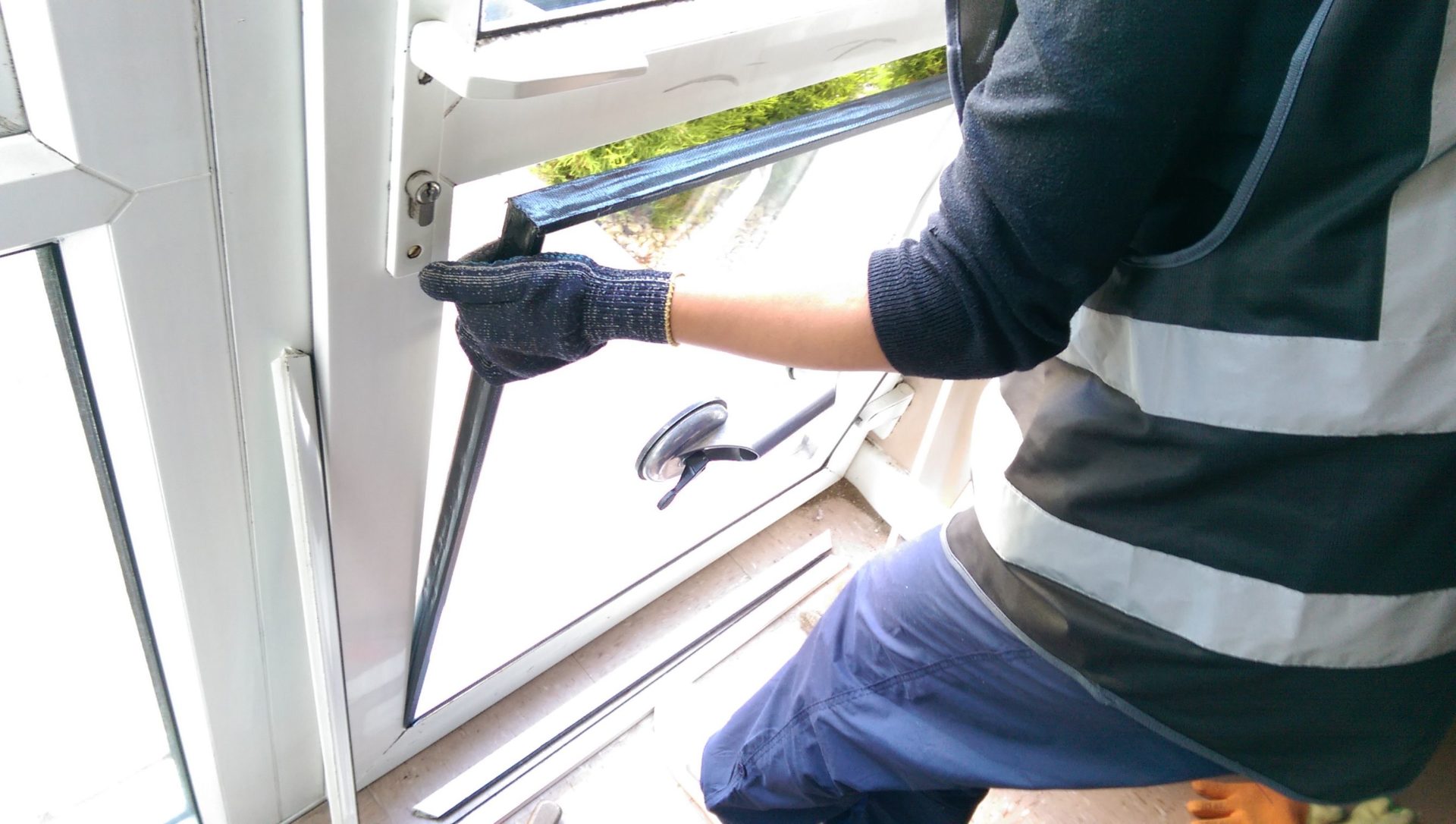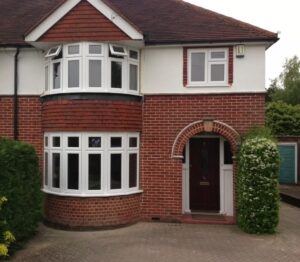
Find Double Glazing Installation
FollowOverview
-
Founded Date marzo 21, 1985
-
Sectors Cirujano Dentista
-
Posted Jobs 0
-
Viewed 20
Company Description
How To Tell If You’re Ready To Go After Energy-Efficient Windows
Energy-Efficient Windows: An Overview
In recent years, the demand for energy-efficient windows has actually risen, driven by rising energy expenses, increased environmental awareness, and the desire for improved comfort in homes and industrial structures. Energy-efficient windows are developed to lower energy consumption, enhance thermal convenience, and lower greenhouse gas emissions. This extensive guide will check out the features, benefits, and various kinds of energy-efficient windows offered in the market.

Understanding Energy-Efficient Windows
Energy-efficient windows are specifically engineered to minimize energy loss while taking full advantage of natural light and aesthetic appeals. They achieve these goals through a combination of technologies that boost insulation, lower air seepage, and show or soak up solar heat.

Secret Components of Energy-Efficient Windows:
-
Frame Materials: The product of the window frame substantially impacts its energy efficiency. Common materials include:
- Vinyl: Excellent thermal performance and low maintenance.
- Wood: Natural insulator but needs routine maintenance.
- Aluminum: Durable but less effective unless thermally broken.
- Fiberglass: High durability and energy effectiveness, often used in high-end applications.
-
Glazing: The type of glazing (or glass) utilized is a vital factor:
- Single Glazing: Least efficient; enables significant heat transfer.
- double glazing installation deals [https://git.h2.234.cz/] Glazing: Two panes of glass with a space in between, significantly enhancing insulation.
- Triple Glazing: Three panes of glass; provides the best efficiency however at a higher cost.
-
Low-E Coatings: Low-emissivity finishes are thin layers used to glass that reflect heat back into a building throughout winter season while deflecting solar heat in summer season. This feature can considerably minimize heating & cooling costs.
-
Gas Fills: Argon or krypton gas is frequently utilized to fill the areas between the panes of double and triple-glazed windows, providing it with extra insulation residential or commercial properties.
-
Warm Edge Spacers: These are materials utilized to separate the panes of glass. Warm-edge spacers help reduce thermal bridging and enhance general window efficiency.
Benefits of Energy-Efficient Windows
The benefits of setting up energy-efficient windows in a structure are considerable, both financially and environmentally.
Economic Benefits:
- Lower Energy Bills: By lowering the quantity of heat lost throughout winter season and heat gained in summertime, energy-efficient windows can result in considerable cost savings in cooling and heating costs.
- Increased Property Value: Homes with energy-efficient upgrades might have a greater resale worth. Numerous buyers actively seek out energy-efficient functions.
- Tax Credits and Rebates: Many areas provide monetary rewards for homeowners who upgrade to energy-efficient windows, making them more cost effective.
Environmental Benefits:
- Reduced Carbon Footprint: By decreasing energy consumption, energy-efficient windows contribute to a decrease in greenhouse gas emissions.
- Improved Indoor Air Quality: Better insulated homes frequently show a decrease in drafts and wetness problems, which can result in healthier living environments.
Comfort Benefits:
- Consistent Indoor Temperature: Energy-efficient windows help keep a steadier indoor temperature, minimizing cold areas near windows and getting rid of getting too hot.
- UV Protection: Many energy-efficient windows can obstruct harmful UV rays, safeguarding furnishings and floor covering from fading.
Types of Energy-Efficient Windows
Choosing the right kind of energy-efficient window will depend upon various elements such as climate, developing style, and budget. Below are some frequently used types:
| Window Type | Description | Best For |
|---|---|---|
| Casement Windows | Depended upon one side, these windows open outwards, providing exceptional ventilation and airtightness. | Areas needing excellent air flow |
| Double-Hung Windows | Functions two operable sashes that move up and down. They enable flexible ventilation and are simple to tidy. | Traditional-style homes |
| Sliding Windows | These windows slide open horizontally, making them simple to operate and ideal for those who have limited area. | Areas with limited space |
| Picture Windows | Set windows that do not open, maximizing views and natural light, frequently paired with adjustable windows for ventilation. | Living rooms, dining areas |
| Bay and Bow Windows | Extended windows that create a rack or nook, including architectural appeal and increased sunshine. | Family spaces, breakfast nooks |
Selecting the Right Energy-Efficient Window
When choosing energy-efficient windows, property owners ought to consider the following aspects:
- Local Climate: Different locations have different climate requirements. For example, homes in the northern U.S. may gain from windows that keep heat, whereas southern homes may require windows that show heat.
- Window Orientation: The direction that windows face can affect energy effectiveness. South-facing windows might take advantage of solar heat gain in winter, while north-facing windows might require more insulation.
- Efficiency Ratings: Look for windows with an excellent Energy Star rating, which certifies them as reliable in supplying energy effectiveness.
Often Asked Questions (FAQs)
-
What is the difference in between energy-efficient and basic windows?Energy-efficient windows are developed with special materials and technologies that enhance insulation and lower energy loss, whereas standard windows might do not have these functions, resulting in higher energy usage.
-
How can I inform if my windows are energy-efficient?Look for indications such as Low-E coatings, multiple panes of glass (double or triple glazing), and a great energy performance rating (like Energy Star).
-
Are energy-efficient windows worth the investment?Yes, while they might have a greater upfront expense, energy-efficient windows typically conserve property owners cash on energy bills and decrease carbon emissions in time.
-
Can I install energy-efficient windows myself?While some homeowners might take on window installation as a DIY task, expert setup is typically recommended to make sure correct sealing and insulation.
-
The length of time will energy-efficient windows last?With appropriate upkeep, energy-efficient windows can last 20 to 30 years, making them a long-term investment for your home.
Energy-efficient windows provide various advantages, consisting of lower energy expenses, enhanced convenience, and decreased ecological impact. By comprehending their features, advantages, and the different types available, property owners can make informed choices that contribute not only to their own comfort but also to a more sustainable future. Buying energy-efficient windows is not just a wise choice for your wallet; it is a substantial action towards developing a greener and more effective international environment.
